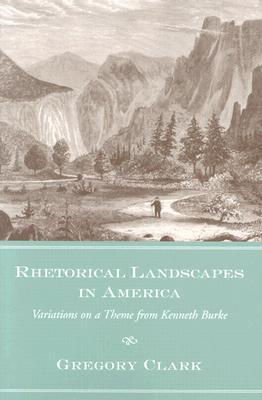What do you think?
Rate this book


Clark examines places in the American landscape that have facilitated such experiences, including New York City, Shaker villages, Yellowstone National Park, the Lincoln Highway, San Francisco's 1915 Panama-Pacific International Exposition, and the Grand Canyon. He examines the rhetorical power of these sites to transform private individuals into public citizens, and he evaluates a national culture that teaches Americans to experience certain places as potent symbols of national community.
Invoking Burke's concept of "identification" to explain such rhetorical encounters, Clark considers Burke's lifelong study of symbolslinguistic and otherwiseand their place in the construction and transformation of individual identity. Clark turns to Burke's work to expand our awareness of the rhetorical resources that lead individuals within a community to adopt a collective identity, and he considers the implications of nineteenth- and twentieth-century tourism for both visual rhetoric and the rhetoric of display.
200 pages, Hardcover
First published June 1, 2004